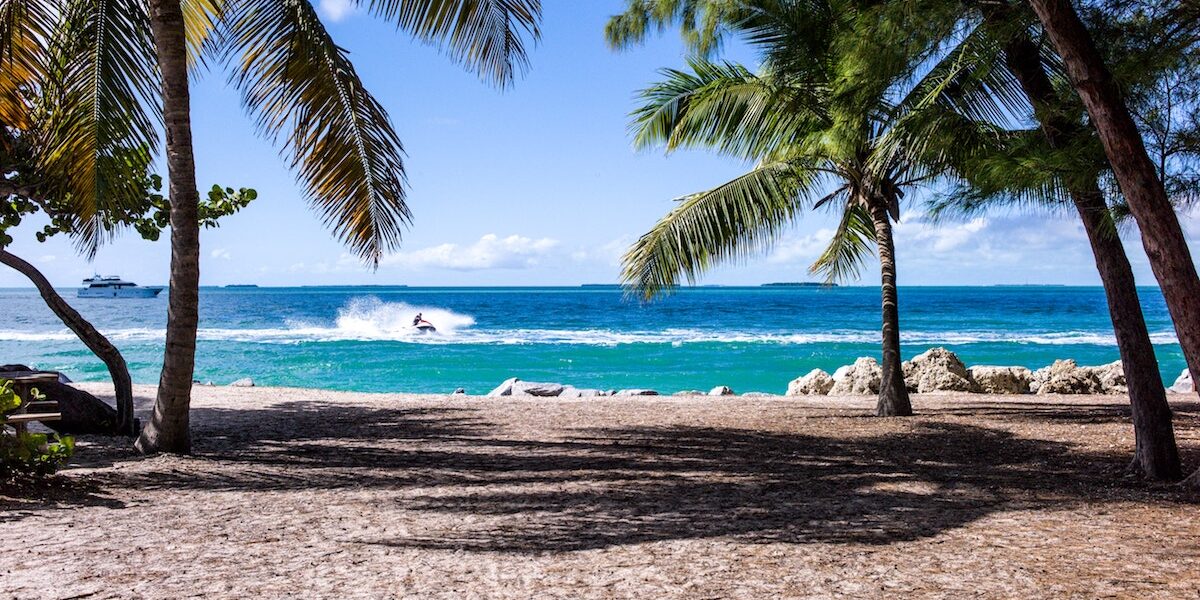By Mark J. Spalding, President, The Ocean Foundation
The CTO/CREST 3rd Symposium for Innovators in Coastal Tourism I wrote about several days ago opened with a ceremony that included the formal presentation of all of the flags of participating nations and territories of the Caribbean Tourism Organization solemnly carried one at a time by the members of a Grenadian youth organization. It also included speeches that laid out the breadth and depth of the region’s dependence on tourism, economically, and the corollary environmental effects that needed to be mitigated in order to help nations make the most of their natural resources. In her speech, Dr. Martha Honey, co-director of CREST, rattled off a series of statistics on the fastest growing segment of the global tourism market—sun, sand, and sea—and its effect on this region where the vast majority of the population lives near the sea. Alexandra Otway-Noel, head of Grenada’s tourism authority, gave a lively speech on the origin’s of the island’s new “Pure Grenada: Spice of the Caribbean” campaign. It has its roots in the collaborative sentiment of the owners and operators who are members of the Grenada Hotel and Tourism Association that they are mutually dependent on increasing the overnight visitors to Grenada, even as they maintain and slowly grow their relatively small-scale operations.

The next morning’s opening plenary provided a sobering view of the consequences of climate change in the Caribbean. Much of the infrastructure that supports tourism—from cruise terminals to airports—has been built on “reclaimed land” and thus is particularly vulnerable to sea level rise. The wake up call for Grenada was Hurricane Ivan in 2004—a storm that caused damage nearly equal to 200% of the islands’ GDP, destroyed 83% of its nutmeg trees, left thousands homeless, and nearly everyone roofless. Hurricane Emily came along 10 months later and damaged the north end of Grenada and its two sister islands Carriacou and Petit Martinique. Despite the outpouring of aid from a variety of institutions, Ivan made the news in the U.S. for a week or so, Emily even less—but the islands are still struggling to recover—major buildings, such as the centuries old Anglican Church in the capital city of St. George’s—remain roofless, and the nation is still staggering under the massive debt incurred in its rebuilding process.
In a room of delegates from more than a dozen countries, Grenada’s Ambassador to the U.S., Angus Friday, said that it has always been a particular frustration for Caribbean nations that CNN does not report landfall by hurricanes (or their aftermath) unless the storm hits the U.S.—dozens of storms that wreak havoc with the human and natural infrastructure of Caribbean nations thus go unreported except to the extent they perturb American travelers. However, he said, Caribbean nations have long been acutely aware of the changes already underway that can be attributed to climate change, and he believes that “Climate change finally made landfall in the United States with Hurricane Sandy.” The room laughed, but, as with many cities and states in the US, it is true that many of the Caribbean nations are farther along in envisioning what will need to be done, and striving to find the political will to do so.

St. George’s University’s Dr. Hugh Sealy gave an excellent presentation on the science of climate change in general, the likely consequences of sea level rise in particular, and other effects of climate change (shifting rain patterns and ocean acidification for example) with a specific focus on how the Caribbean region would be affected. Dr. Sealy began his presentation with a display of his wry sense of humor, saying that in preparing his presentation, he strove to identify positive elements that he could include, but that sadly, he had failed. The need for action was urgent and the time for business as usual had long passed, and the science is not telling us it is going to get any easier. His home nation of Grenada and the rest of the world should be approaching the next opportunity for global accord on greenhouse gas emissions (21st Conference of the Parties on Climate Change 2015) with a sense of urgency and commitment to implementation.
Grenada’s Minister Foreign Affairs & International Business, Nickolas Steele, talked about the necessity of tourism to the island’s economic and social well-being, and also about the rebuilding of its spice and cacao growing capacity. He outlined some of the international partnerships in which Grenada is involved as part of the effort to bring additional green investment into the island—especially for renewable energy infrastructure. And, like many speakers over the course of the next two days, he underpinned the notion that responsible tourism development was a necessity, and must be linked to other economic engines such as educational institutions and business opportunities. And further, as did his colleagues, that Grenada’s natural resources were, and are, its greatest wealth besides its people.
As an opening plenary, it was both powerful and depressing. Ambassador Friday urged us to see the challenges as opportunities even as he acknowledged their breadth. As we filed out of the room to go to the first two workshops, I have to admit to thinking hard about what we had heard, especially since I was the first speaker!







